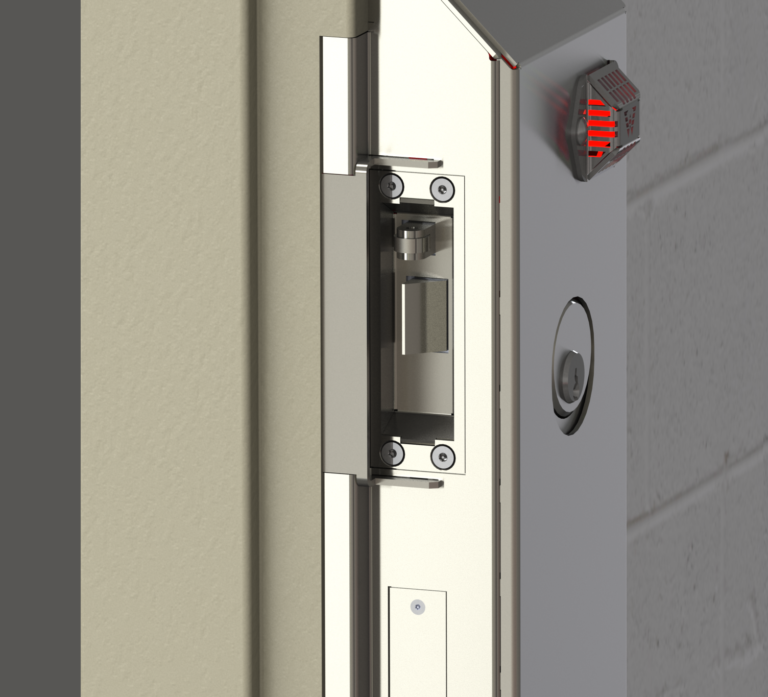The Road to Direct Supervision Wasn’t that Direct
KANE COUNTY, Ill. — The year of 1964 was a big one for America. The British Invasion found The Beatles land on the televised shores of “The Ed Sullivan Show,” and President Johnson pressed his agenda for “The Great Society.” Historians may argue about which event proved more culturally momentous, but for those incarcerated in a direct supervision facility, it was the latter thanks to the President’s Commission on Law Enforcement and Administration of Justice, an initiative that was part of the policies rolled into the “The Great Society” and enacted the following year.
Direct supervision is where jurisprudence, design and a bevy of other disciplines overlap in an inmate experience that forgoes isolation in linear cell blocks for “pods” arrayed around a central monitoring station. Inmates thusly spend most of their time in common areas, with officers continuously circulating among them and interacting with them directly. The design-centric approach results in enhanced safety for both inmates and staff and better facilitates rehabilitation, according to its proponents.
The road to direct supervision, however, was anything but direct. The kernel arguably germinated with the creation of President Johnson’s commission — formed to “address national crime and make recommendations for improving the functions of the police, courts and corrections,” as Lynne Woodruff wrote in her three-part series “The Evolution of Prison Design and The Rise of the Direct Supervision Model.”
Published in Lexipol this past March, Woodruff’s series covers such storied design solutions as the Panopticon, the reforms enabled by President Johnson, and the eventual formal recognition of direct supervision by the National Institute of Corrections (NIC) in 1983.
Woodruff recently retired from the Kane County Sheriff’s Office in Illinois, where she served for 24 years. She embarked upon the series because, according to her introduction, “Many correctional officers don’t have an understanding of where we’ve come from.” Through the course of three articles, she illustrates how a shared sense of identity, an appreciation of the history of continuous improvement and an understanding of how policies sometimes cohere after hundreds of years of evolution, contribute to a deeper understanding of correctional culture.
These days, a big part of that culture is direct supervision, which has been credited with improving inmate and officer safety, a reduction in vandalism and a generally more positive environment. Currently, direct supervision is widely used across the United States.
For the record, the closest The Beatles ever got to jail were the nine days Paul McCartney spent incarcerated in Japan in 1980 after he tried to sneak a half pound of marijuana through customs. It’s unclear if the former Beatle was under direct supervision.






